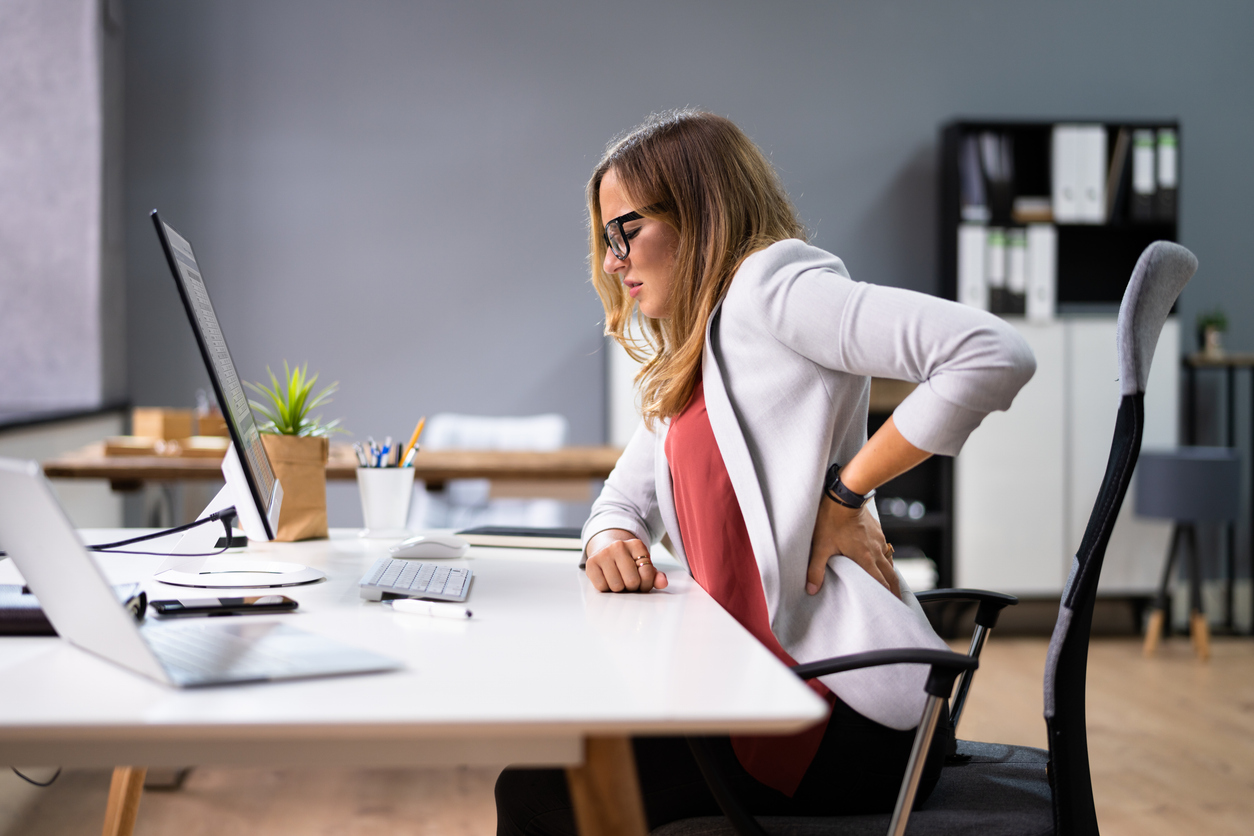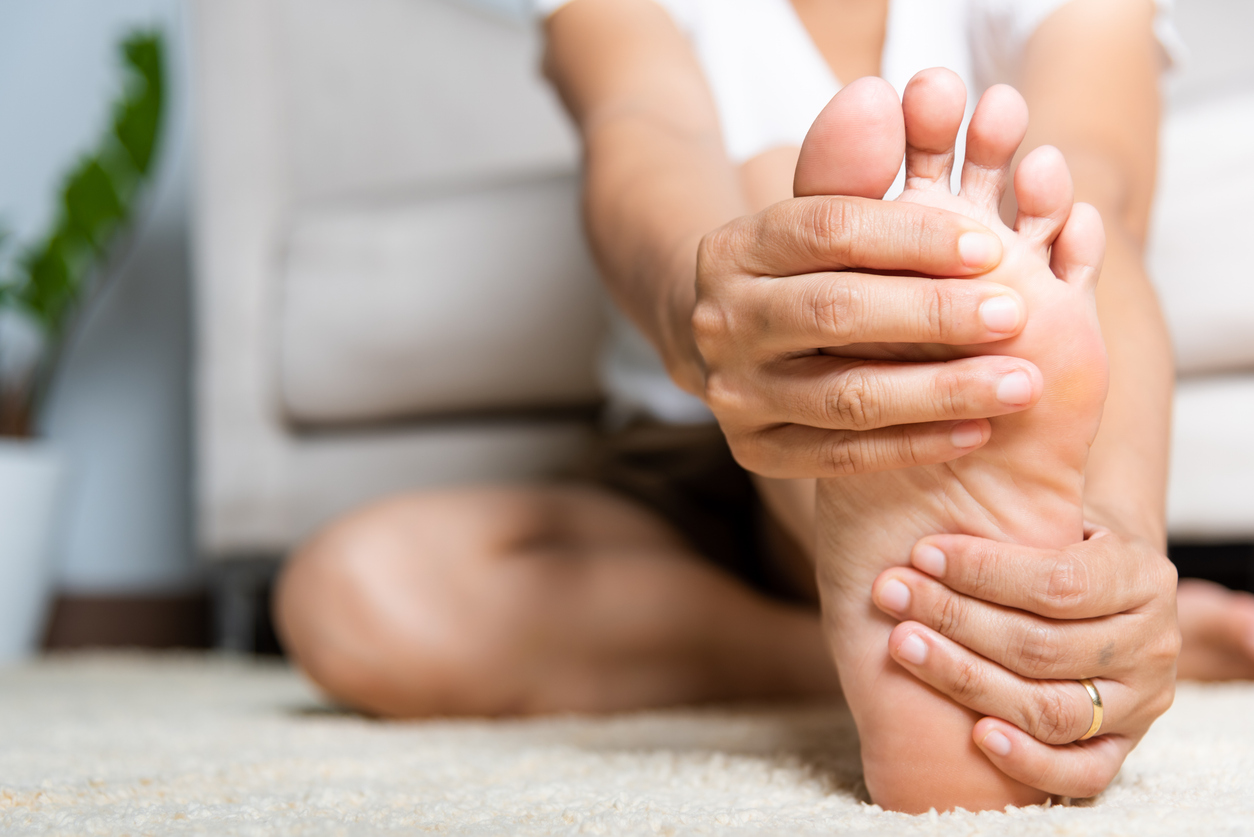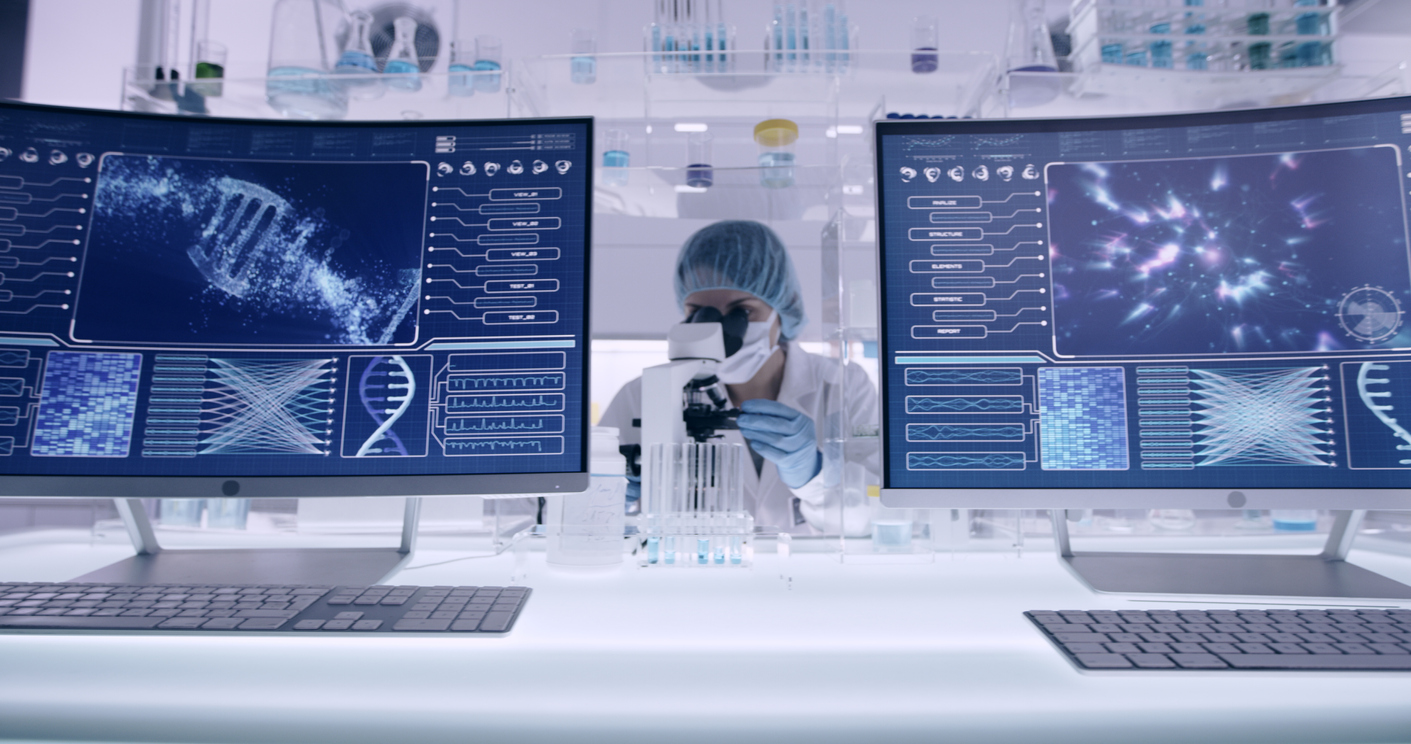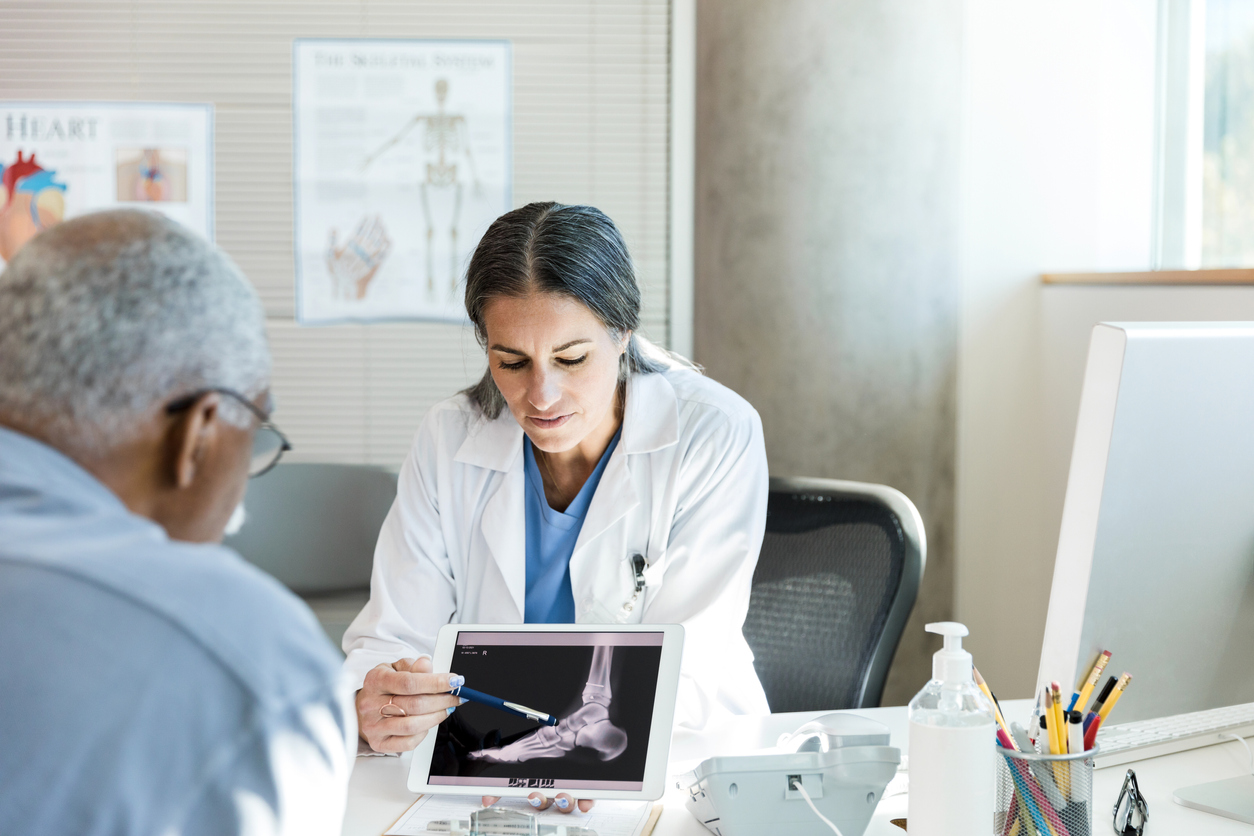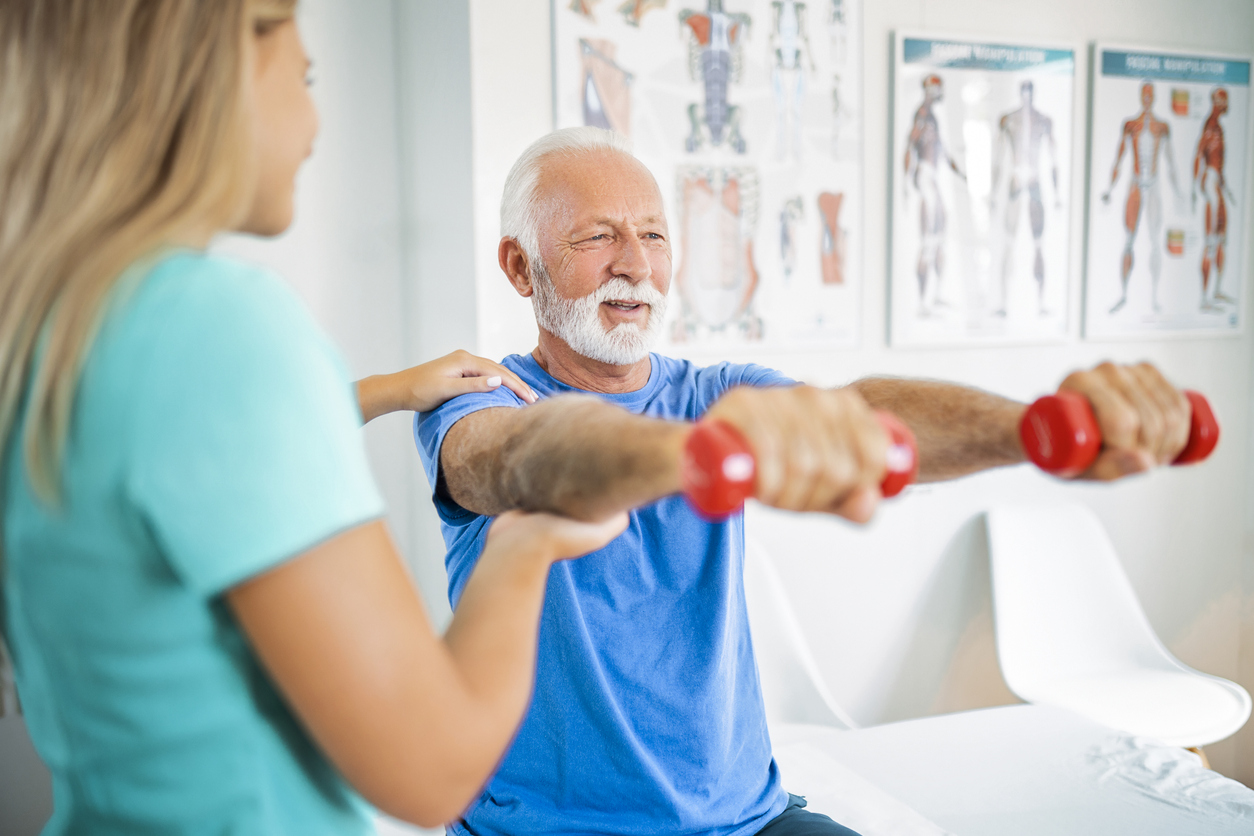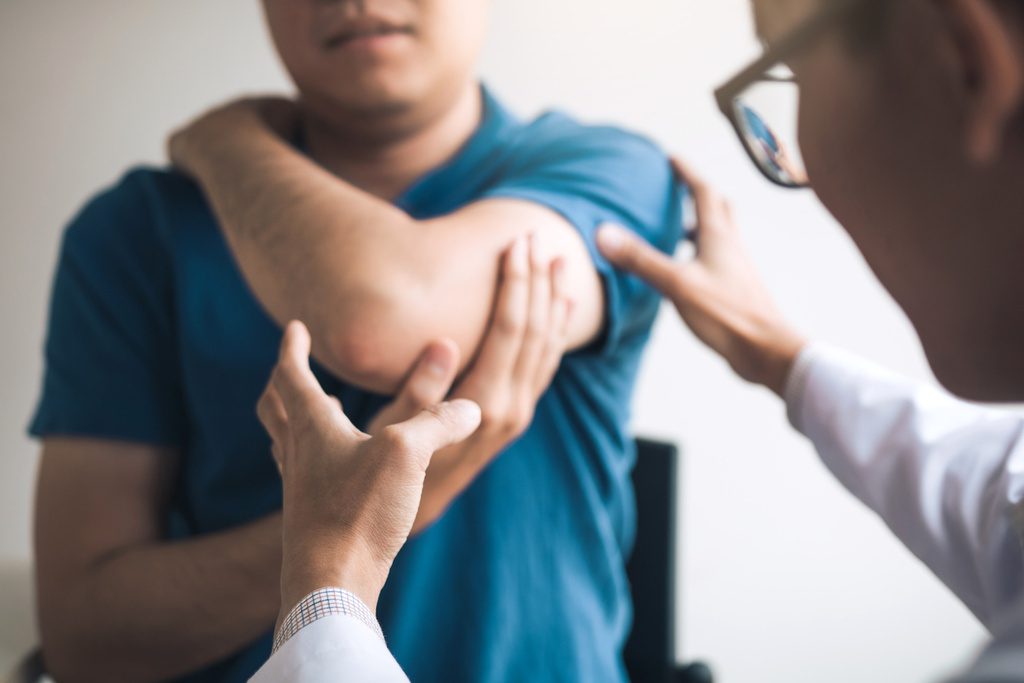
Pain receptors are located throughout the joint. And pain is most often associated with inflammatory processes and mechanical irritation. Whereas inflammation increases sensitivity to any stimuli. And any movement causes severe pain.
Joint pain is often associated with two groups of diseases:
- Arthritis. Inflammatory processes begin in the joint cavity as a result of metabolic disorders, endocrine pathologies, autoimmune diseases and infections.
- Arthrosis. This disease is also known as “salt deposition”. The cartilage and the underlying bone are destroyed, the cartilage loses its elasticity, smoothness and cracks.
Untreated arthritis may grow into arthrosis, because inflammation disrupts the metabolism in cartilage.
Conditions that make arthritis pain more severe are: hypothermia, alcohol consumption, certain meat products, intestinal infections and sore throat. With arthrosis, the joints hurt more when overloaded. But even if arthrosis is caused by overload, the inflammatory process joins in over time. Knee joint pains are typical for chubby people, as well as for staff in professions that require spending a lot of time on their feet (hairdressers, surgeons, painters, salesmen, teachers). People who are engaged in activities associated with monotonous movements (musicians, loaders, cashiers) often complain about wrists pains.
Joint pain may be divided into several types:
- Starting. They occur at the beginning of the movement and soon vanish as the movement continues. People often describe a recipe for curing it as “just need some exercises”. The reason may be the friction of the articular surfaces, getting covered by destroyed cartilage tissue. When moving, these masses are pushed into the inversions of the articular bag, which leads to the disappearance of pain.
- Nagging. The pain appears after exercise and disappears as you rest.
- Night. Such pain is a sign of severe joint damage. During sleep, pressure on the subcartilaginous bone increases. And in the morning there is stiffness in the joints, which can decrease with movement.
- Permanent. Often this is evidence of inflammation of the articular bag.
- “Joints blockades” (sudden pain). Often happens when cartilage or a fragment of bone is pinched between two articular surfaces.
- Migratory. The pain “wanders” from one joint to another.
- Reflected. A person feels pain not in the affected joints, but in neighboring ones. For example, the hip joint suffers, and the knee hurts.
If there is pain in the joints, do not self-medicate. It is necessary to consult a doctor as soon as possible. You may need complex treatment. It may include:
- Medicines.
- Physiotherapy.
- Therapeutic exercises
- Sometimes surgery is needed.
The goal of treatment is to unload the joint, relieve inflammation and prevent further destruction. Medications, physiotherapy, and exercise therapy help relieve or reduce pain and improve quality of life.
Methods of rejuvenation and healing of joints are a growing trend, that utilize natural ability of the human body to heal itself. One of these is our innovative development – a personal portable device for pain relief, rejuvenation and rehabilitation of tissues and joints Sensonica® Vega.
The essence of the Sensonica© Vega method lies in the volumetric resonant interaction of radiation with affected tissues at the molecular level, which helps to streamline the natural life processes of the cell, tissues and the whole organism as a whole. More details can be found here.
